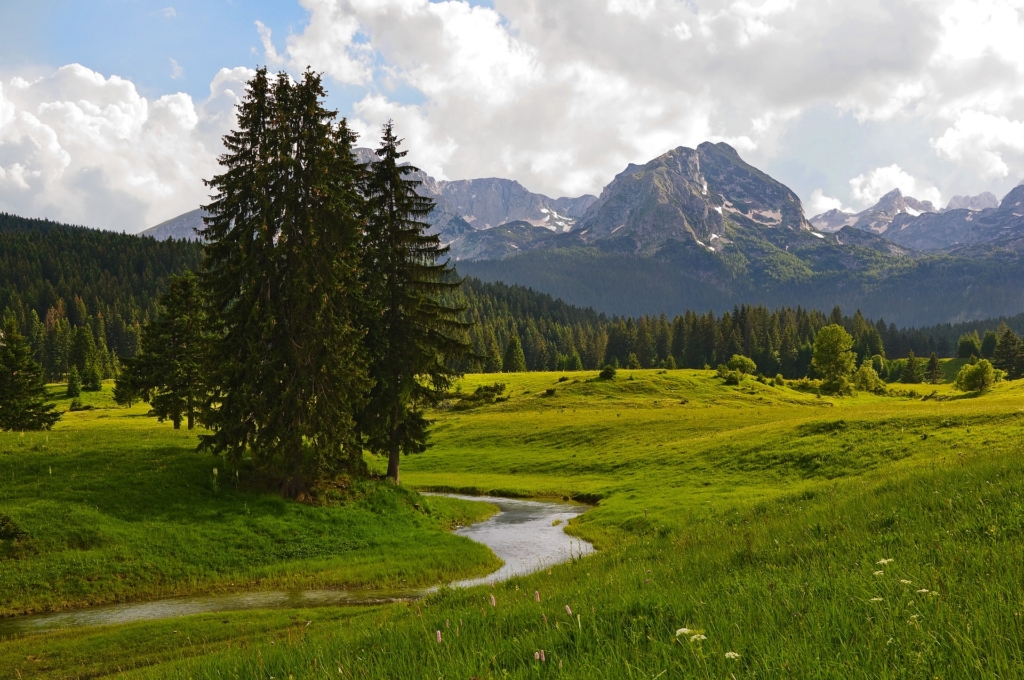
Introduction
Durmitor, like the emerald, is a rare stone and a symbol of intangible beauty. It represents Montenegro’s raw natural beauty. Durmitor National Park is known for its outstanding natural beauty, which is rarely encountered in one location worldwide. Discover Montenegro’s most spectacular hidden gems!
Durmitor is the National Park of Montenegro, officially established in 1952. Spreading over an area of over 34,000 hectares, this is also the largest protected area in Montenegro. Durmitor National Park has been on the UNESCO list of World Natural and Cultural Heritage since 1980. Since 2017 medieval tombstones in the park are also under UNESCO protection.
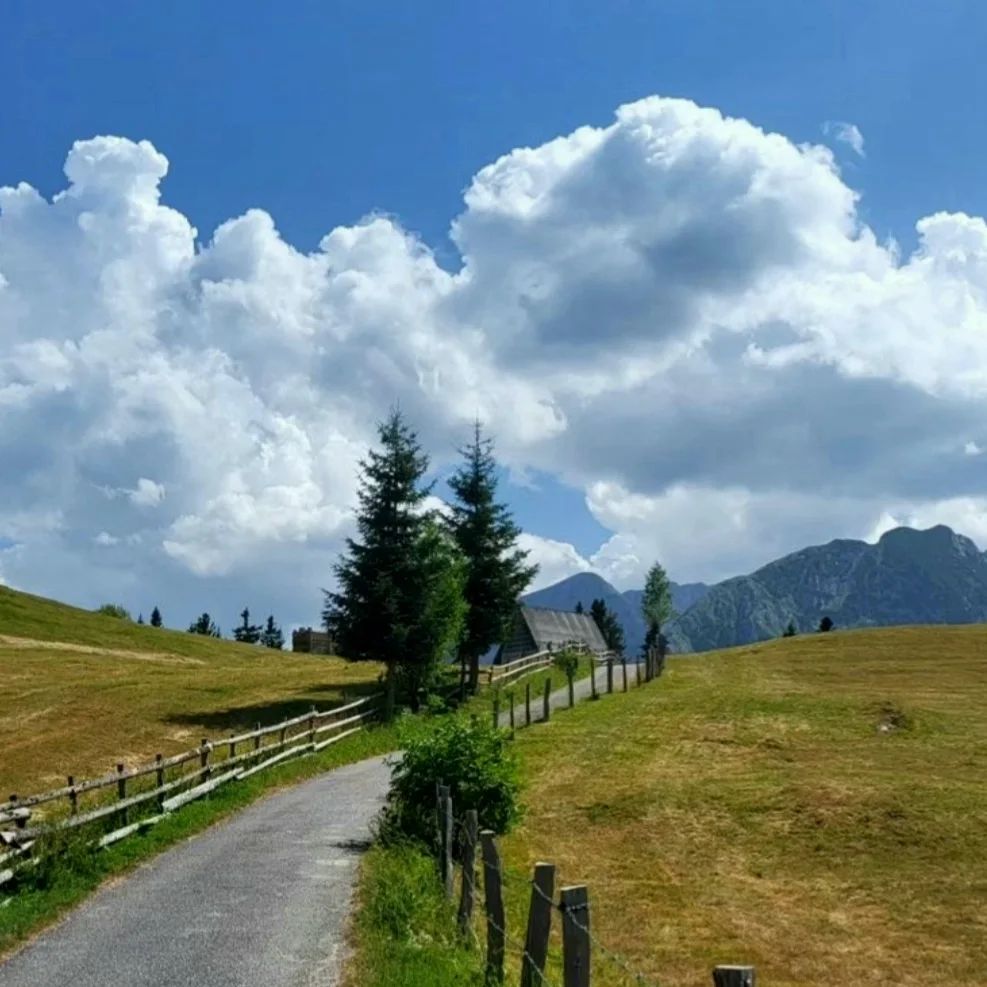
The Durmitor National Park includes the massif of the Durmitor mountain and the canyons of the rivers: Tara, Draga, and Sušica. It also includes the highest part of the Komarnica canyon valley. Durmitor is the second-highest mountain range of the Dinaric Alps in Montenegro, after Prokletije.
Mount Durmitor is home to the former highest mountain peak of Montenegro, Bobotov Kuk at 2,525 m above sea level. Now the highest mountain peak title belongs to Zla Kolata, on Prokletije, whose total height of 2,534 is only 9 meters higher than Bobotov Kuk. For all hiking enthusiasts, conquering this peak is one of the most beautiful experiences, thanks to the view of picturesque landscapes from heights.
The unreal relief areas, plateaus, lakes, mountain peaks, and deep canyons of rivers reflect the special charm of Durmitor. The park has as many as 48 peaks over 2,000 meters above sea level, numerous mystical medieval tombstones, and 18 glacial lakes. The Celts called it “Dru Mi Tore,” meaning “Mountain full of water.”
River Tara at the Durmitor National Park
Tara River is the longest in the entire territory of Montenegro, with a length of about 144 km. Originating from the rivers Opasnica and Veruša, Tara is under the protection of UNESCO. Tara created one of the most beautiful canyons in the world. It is 78 km long, with steep edges at over 1,300 meters.
Tara Canyon is amongst the world’s deepest canyons . You may drink along the entire length of the road since the water is perfectly pure. Tara is generally known as “The Tear of Europe.” The canyon and the Tara River met three criteria to be designated as UNESCO natural heritage sites: geological phenomena, hydrological phenomenon, and biological phenomenon.
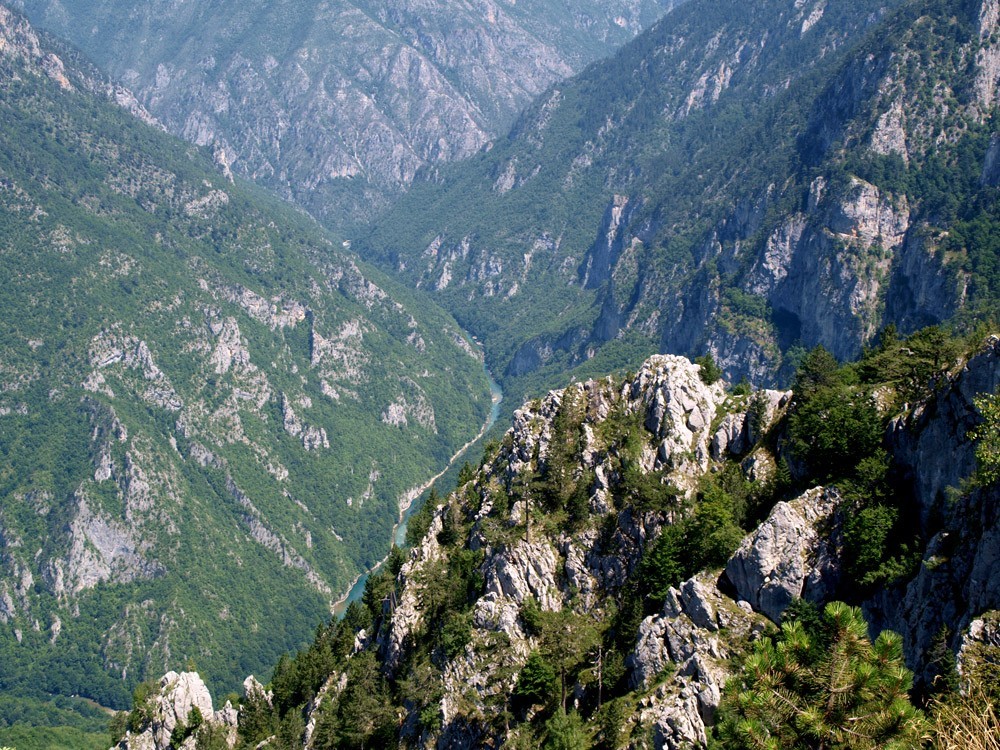
Black Lake at Durmitor National Park
The largest and most famous is Black Lake or Crno Jezero. Black Lake consists of Veliko jezero (Big Lake) and Malo jezero (Small Lake), connected by a narrow isthmus. The secret of Black Lake is that the water flows into the rivers Tara and Piva, representing an exceptional rarity in nature. This so-called bifurcation is the phenomenon in that one body of water gives tributaries to two rivers. Moreover, there is a very interesting legend regarding the creation of the Black Lake.

The legend of the origin of the Black Lake
The story of Saint Sava and the monks at the Durmitor monastery is a tale of trickery and divine intervention. When Saint Sava visited the monastery, the monks doubted his saintliness and decided to play a prank on him. They slaughtered a rooster and put it in his chest, then accused him of stealing it the next day as he continued on his journey.
Read Also: Should I visit Lovcen National Park or Durmitor National Park?
Saint Sava was rightfully angry and cursed the monastery, saying that the ground should collapse beneath it and that the town should be renamed Black Lake. Miraculously, the slaughtered rooster was brought back to life and transformed into a grouse.
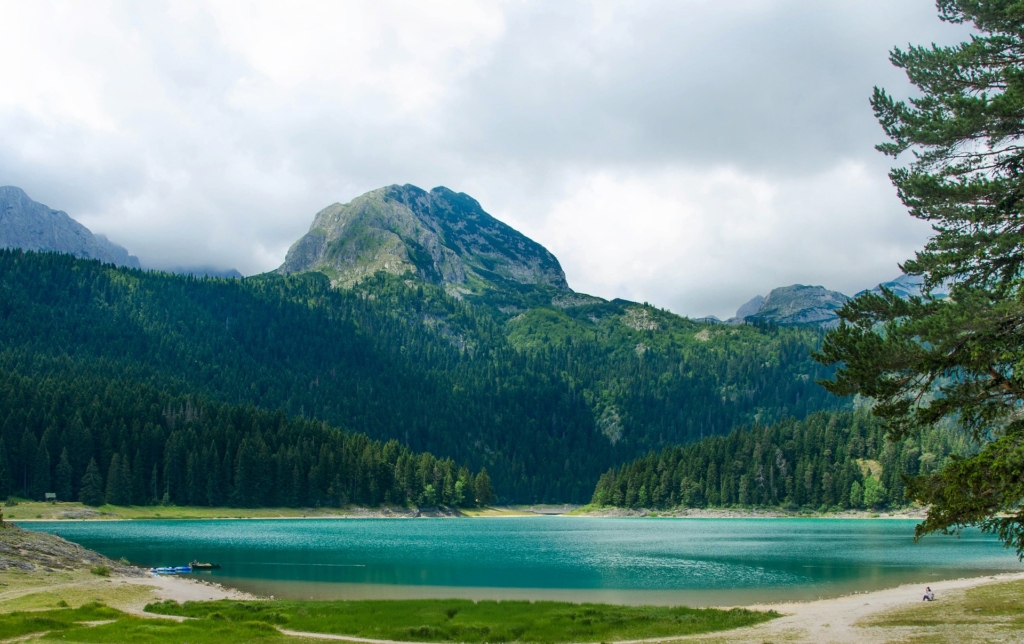
When the monks returned to the monastery, they were shocked to find that Saint Sava’s curse had come true – the ground had collapsed beneath the monastery, and the town had sunk into the abyss. The Black Lake swirled where the town had once stood, and the black cap of a monk turned into a spinning wheel on the lake’s surface.
It’s amazing to think about the power of this story and the impact it has had on the history and folklore of the region. So if you’re interested in exploring the rich cultural heritage of Montenegro, be sure to visit Durmitor and see the site of this incredible tale for yourself!
Climate
The climate in the national park is temperate-continental, sub-mountain, and mountain. It is characterized by long and cold winters and relatively short and cool summers. Winters can be very harsh, so the snow in some mountain areas can last until June. Interestingly, there are 120 to 150 days of snow per year in Žabljak.
Chamois – the symbol of the National Park
The symbol of Durmitor National Park is a chamois. The chamois inhabit rocky areas of the Durmitor mountain massif and mountain pastures along the upper limit of forest vegetation and the steep canyons of the Tara and Sušica rivers.
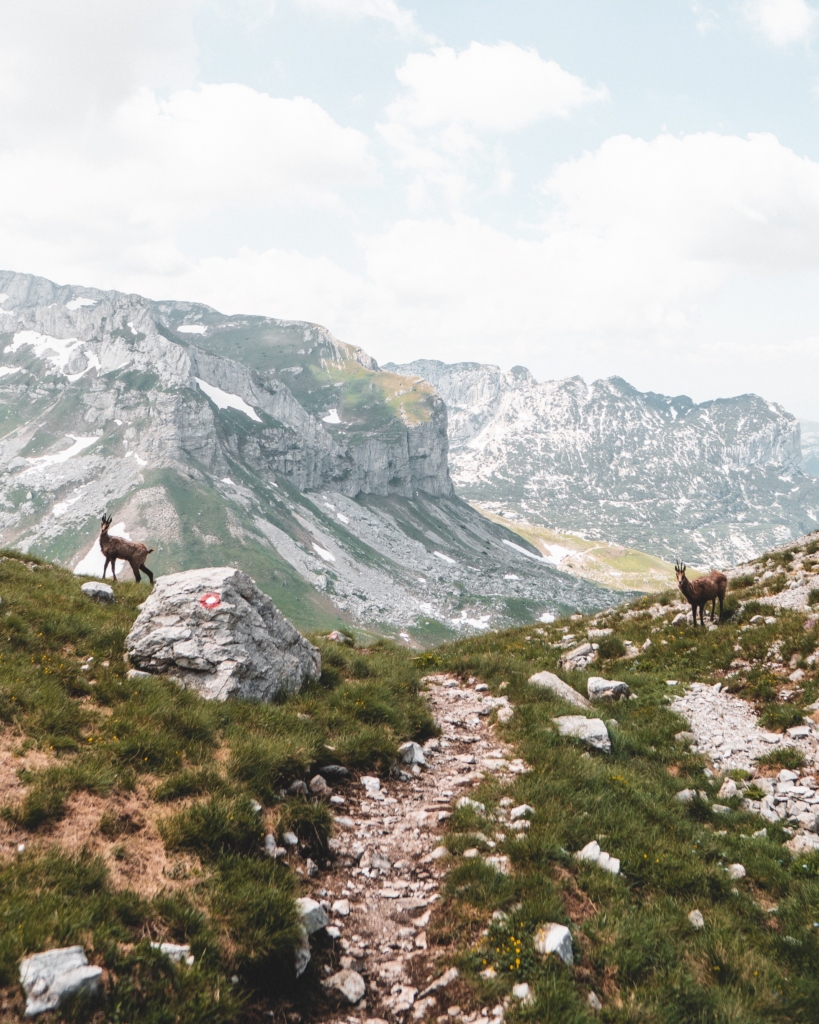
Things to do at Durmitor National Park
This national park is another destination in Montenegro that offers you a lot, regardless of the season.
Hiking in Durmitor
Hike to your heart’s content amidst some of the country’s most exalted peaks. For the holidaymakers or tourists who may prefer a more leisurely break, there are scenic mountain walks and hikes that take in some of the area’s breathtaking scenery and its surrounding peaks, glacial lakes, and plateaus.
You can go for the scenic route Durmitor Ring. Here you can indulge in the alluring panoramic sightseeing of the spectacular Durmitor mountain. This is a 73-kilometer-long tour that starts from Žabljak and circles the whole of Durmitor’s massif.
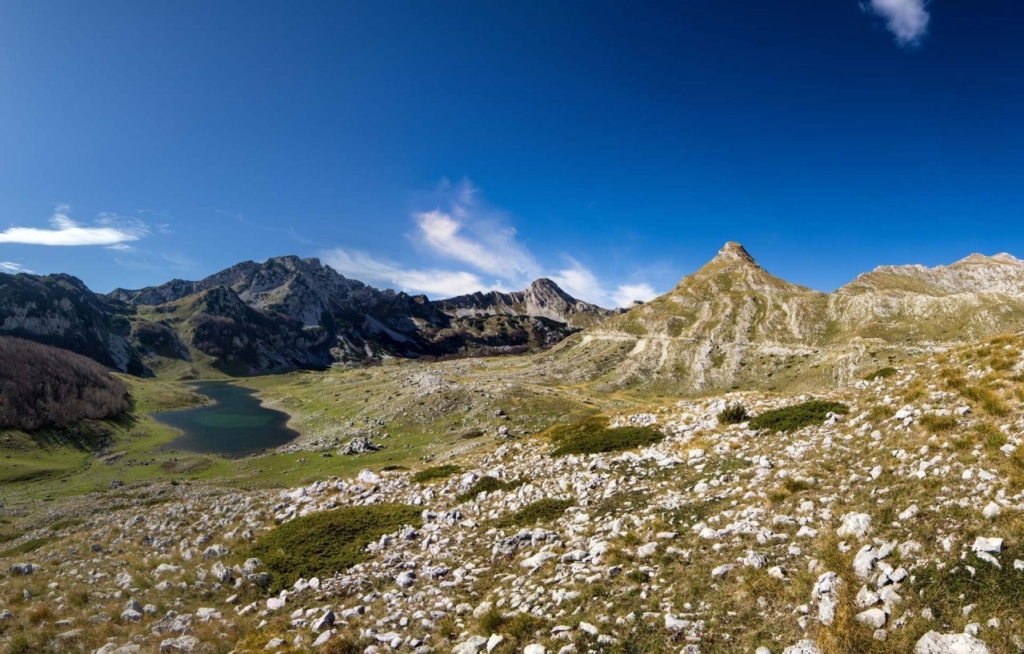
If you’re looking for an easy trail to explore in Durmitor National Park, consider the Skrka Lakes trail. This trail is approximately 3.5 kilometers long and takes about an hour and a half to complete. It is a circular trail that leads to two beautiful glacial lakes, the Skrka Lakes, which are located at an altitude of 1,740 meters.
The trail starts at the parking lot near the village of Virak and is well-marked and easy to follow. Along the way, you’ll be surrounded by stunning mountain views and lush forests. The Skrka Lakes are a highlight of the trail, with crystal-clear waters that reflect the surrounding peaks.
This trail is suitable for hikers of all levels, including families with children. It’s a great way to experience the natural beauty of Durmitor National Park without too much effort. Just be sure to wear comfortable shoes and bring plenty of water and snacks for the journey.
Read Also: Best Hiking Tours in Montenegro
Rafting and Canyoning
Rafting is the best way to get to know the canyon of the Tara River. The canyon is 78 kilometers long from is officially the second-deepest in the world. Numerous rafting clubs organize rafting tours. They often combine tours with a stay in one of the close-by ethnic villages.
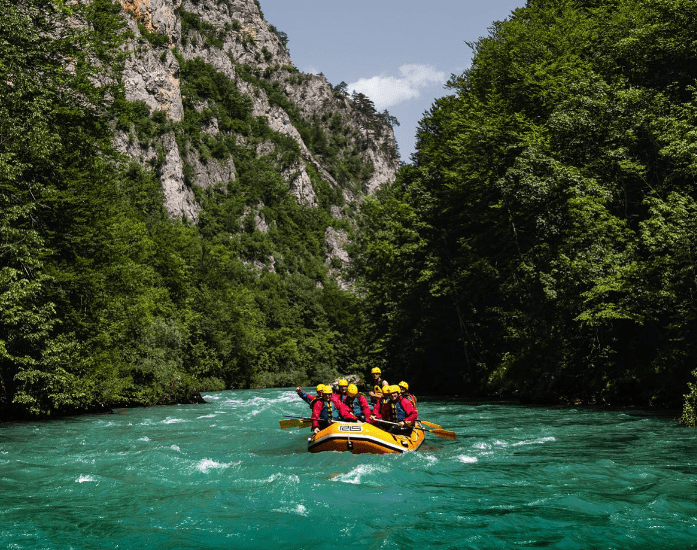
Besides rafting, you can explore Tara more intimately and differently by canyoning. We assure you that you will have the best fun of your life. Canyoning is best in warm summer months, so consider that when making an agenda and booking.
Skiing
Skiing at the “Savin kuk” ski resort is one of the most popular activities. The ski resort has two two-seater lifts, three ski lifts, one equipped with reflectors for night skiing, and one children’s ski lift. That infrastructure serves a total of 4.6 km of ski slopes, and the capacity is 3,000 skiers. The ski resort has three blue slopes, one red, one black, and one baby slope. A daily ski pass is 13 euros for adults and 8 for children.
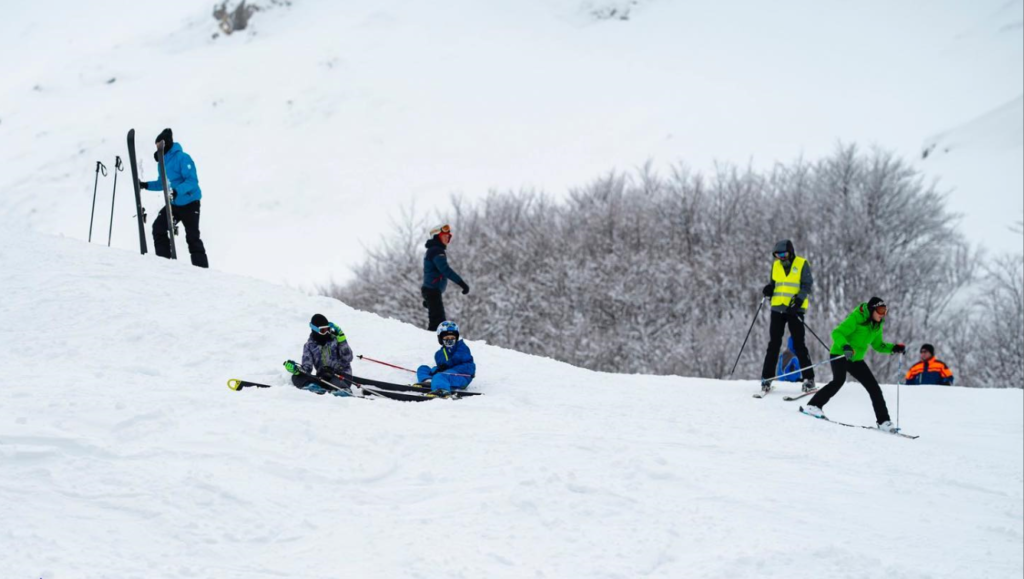
In the summer, a panoramic cable car ride leads to Savin kuk, 2,313 meters above sea level. This is one of the national park’s most popular and most visited peaks. The cable car consists of two units; the first is 1,550 meters long and leads to 1,907 m above sea level.
Lovers of higher slopes can switch to the second ski lift, 700 m long, near the source of Savina voda (2,212 meters above sea level).
Read Also: Skiing in Montenegro
Zipline on Đurđevića Tara Bridge
Zipline Tara on Đurđevića Tara bridge is the biggest zip line in Europe on the second deepest river, Tara Canyon. If you like adventure and adrenaline, you will be exhilarated to experience “flying“ 170 meters over Tara’s canyon. Đurđevića Tara Bridge is an exceptional piece of contemporary architecture. Built-in 1940, it was Europe’s largest reinforced concrete road bridge and one of the world’s most beautiful traffic facilities.
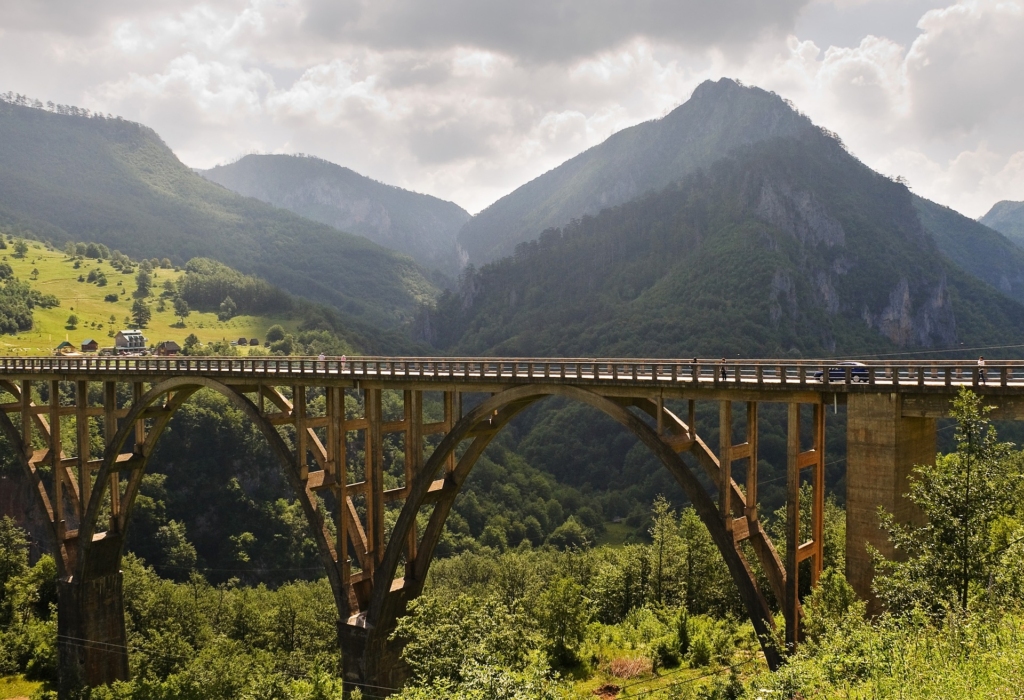
The ride lasts only one minute, but it is enough time to observe the stunning scenery and experience the thrill from the heights where you hang on only one wire (which is guaranteed and safe). The zip line is enjoyable for all ages, and the experience is unique and memorable. The price is roughly 45 euros per person, however there are reductions for groups and children.
Plant harvesting
Thanks to physical and geographical factors, a diverse vegetation cover has been formed on Durmitor. The height difference from the canyon’s bottom to the highest mountain peaks is around 2000m above sea level. About 1,600 plant species grow on Durmitor. Many endemic, rare, protected, and otherwise useful and significant plant species are among these. Many people come to Durmitor, searching for plants from which they make teas and medicinal drinks.
Durmitor is a true treasure trove of cultural and historical wonders, spanning from ancient times to the present day. Everywhere you turn, you’ll find evidence of the region’s rich and layered heritage.
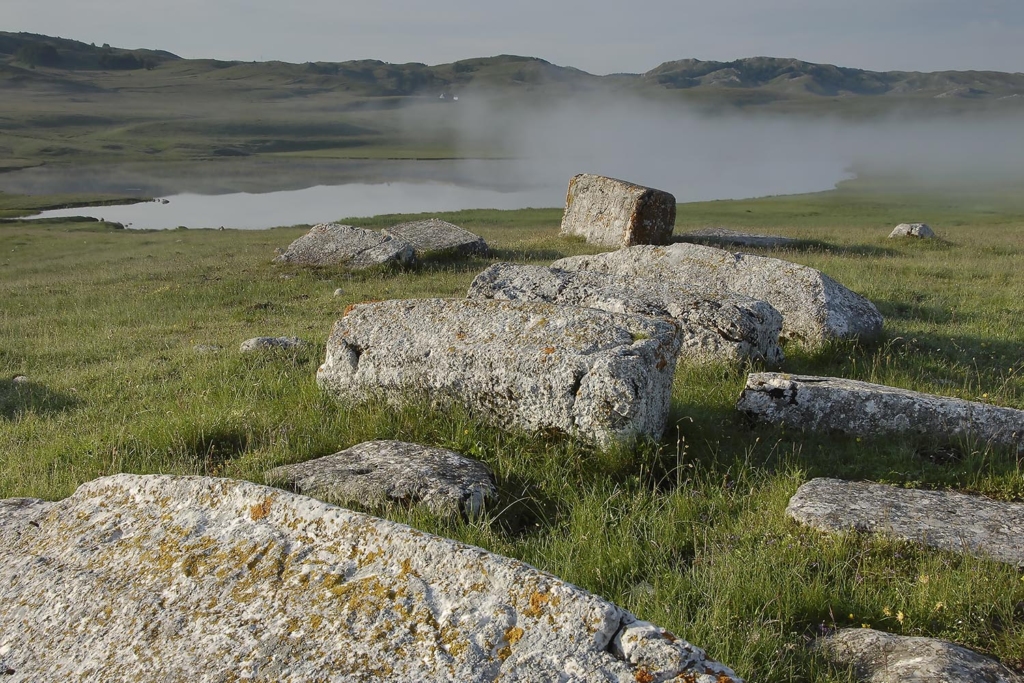
One of the most impressive examples is the necropolises with stylized stećci – medieval tombstones that can be found throughout the area. You’ll also see ruins of Turkish bridges and watchtowers that once lined the old Montenegrin-Turkish border.
If you’re interested in exploring these incredible cultural treasures, be sure to visit the stećci at Greece cemetery and Žugića Bare Village, both of which are listed on the UNESCO World Heritage List. These stunning sites are a testament to the region’s unique and fascinating history, and they’re just waiting to be discovered by adventurous travelers like you!
How to reach National Park Durmitor
The national park covers the territories of the municipalities: Žabljak, Šavnik, Plužine, Pljevlja, and Mojkovac. You can book a day trip from Podgorica per below.
The easiest way is to go over Žabljak, located at the foot of Mount Durmitor. Žabljak has a main bus station, so you can take a bus from Podgorica and Nikšić that goes directly to Žabljak. Additionally, a direct bus line goes from Kotor once a day, every day a week.
From Žabljak, you can reach the Durmitor National Park by car and on foot. The entrance to the park costs 3 euros, and it is free for children up to 7 years.
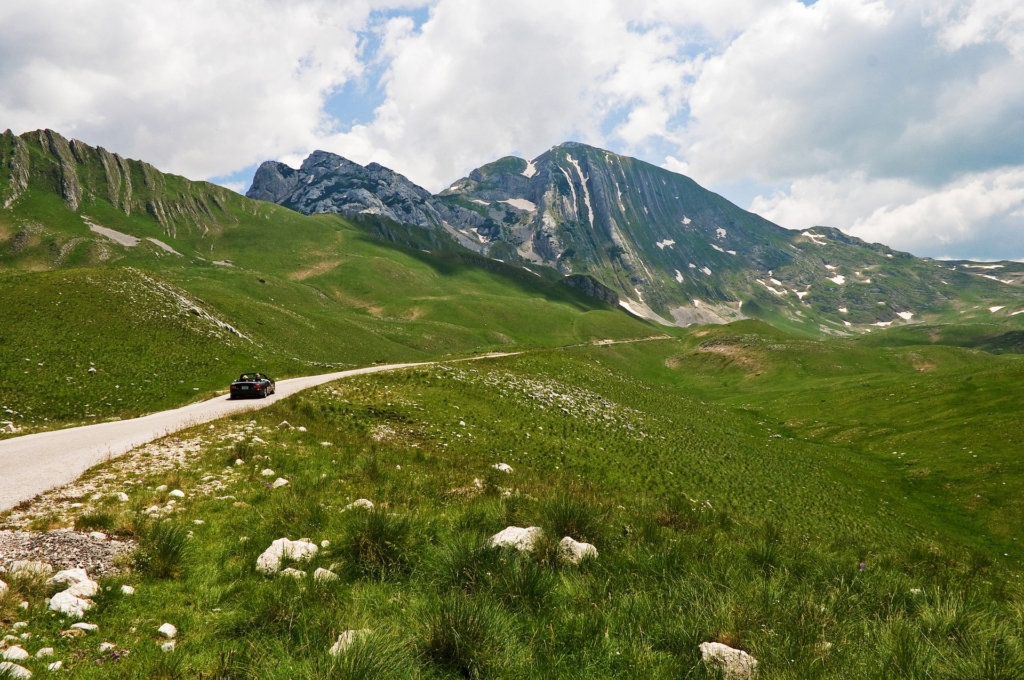
Where to stay
Accommodation options in and around Durmitor National Park are plentiful and cater to a variety of preferences and budgets. Visitors can choose from hotels, guesthouses, apartments, hostels, and campsites.
For those who prefer more luxurious accommodations, there are several hotels located in the town of Žabljak, including Hotel Soa, Hotel Polar Star, and Hotel Javorovača. These hotels offer modern amenities such as spa facilities, restaurants, and bars.
Guesthouses and apartments are a popular option for visitors looking for a more authentic experience. These types of accommodations can be found in the surrounding villages, such as Virak, Tepačko Polje, and Štuoc.
For budget travelers, hostels and campsites are great options. Hostel Hikers Den and Hostel Montana are two popular hostels in Žabljak that offer affordable dormitory and private rooms. Additionally, there are several campsites located in the national park, including Camp Crno Jezero and Camp Ivona.
Read Also: 6 Best Places to Stay Near Durmitor National Park
Conclusion
The magnificent National Park Durmitor will provide an unforgettable adventure and experience. We recommend visiting this National Park if you want a temporary escape from a busy life full of thrilling activities and sightseeing in some of the most spectacular regions in the Balkans.




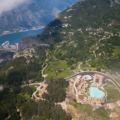
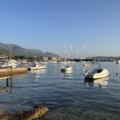

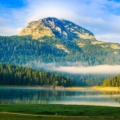
7 Comments